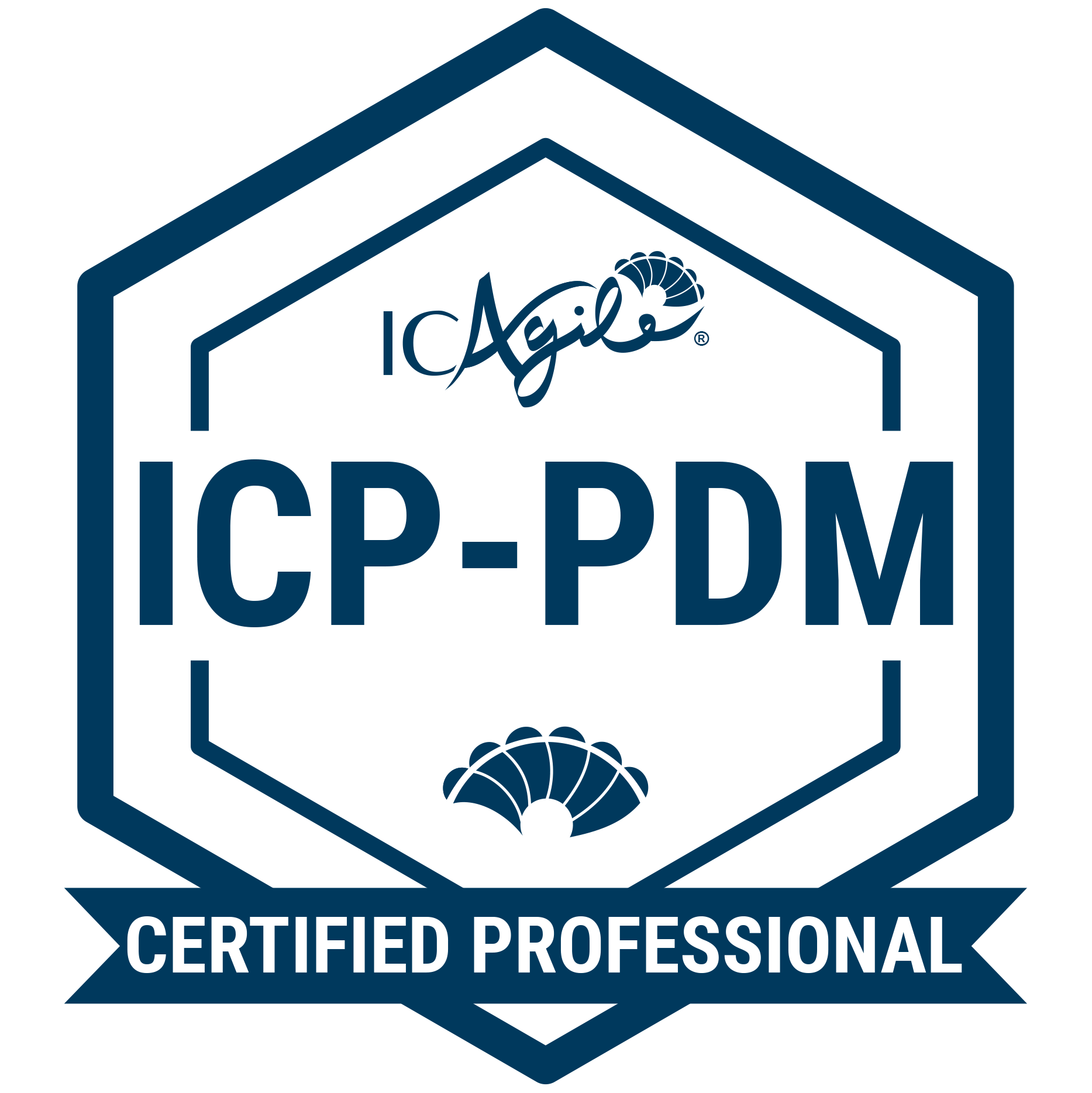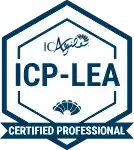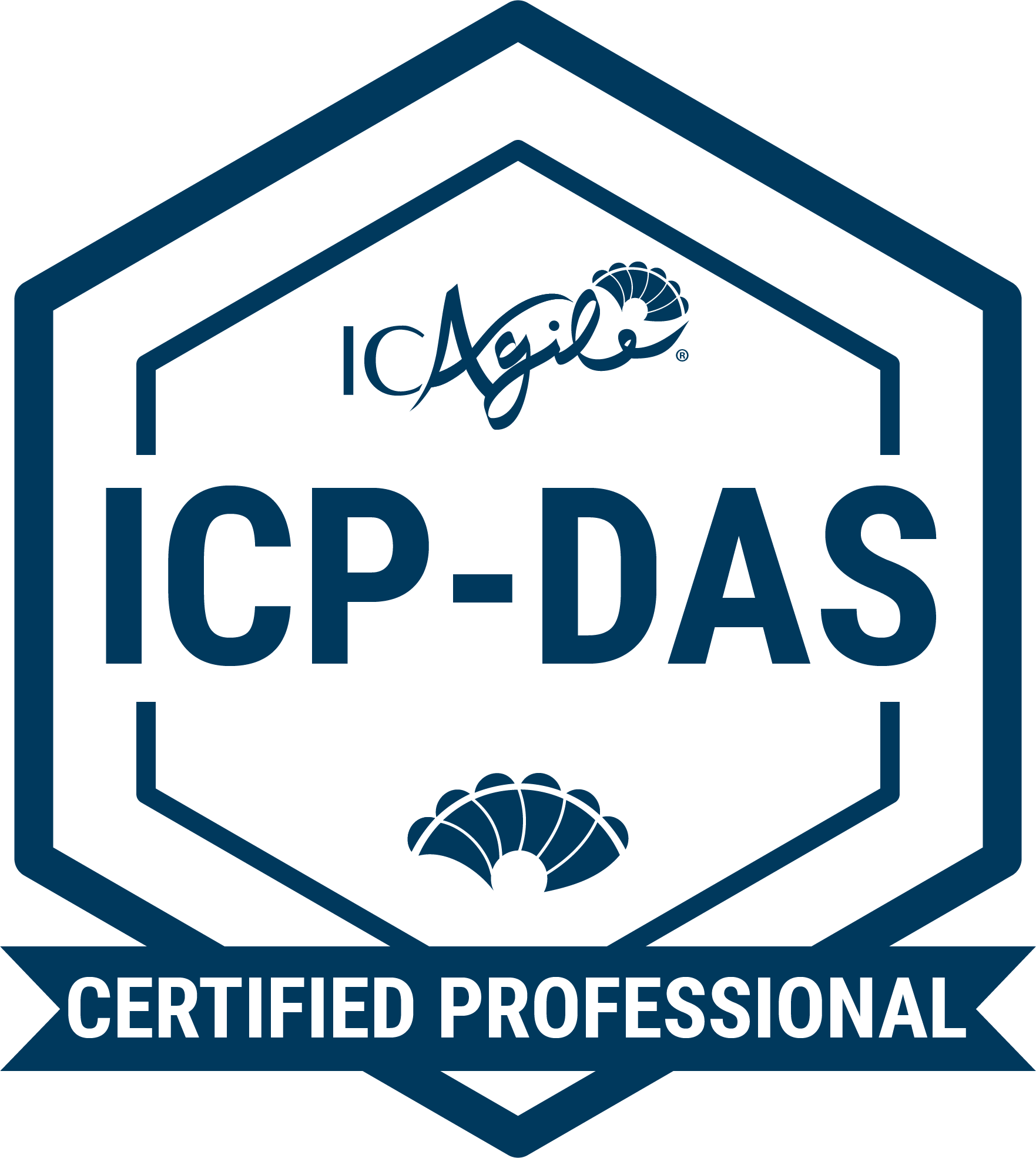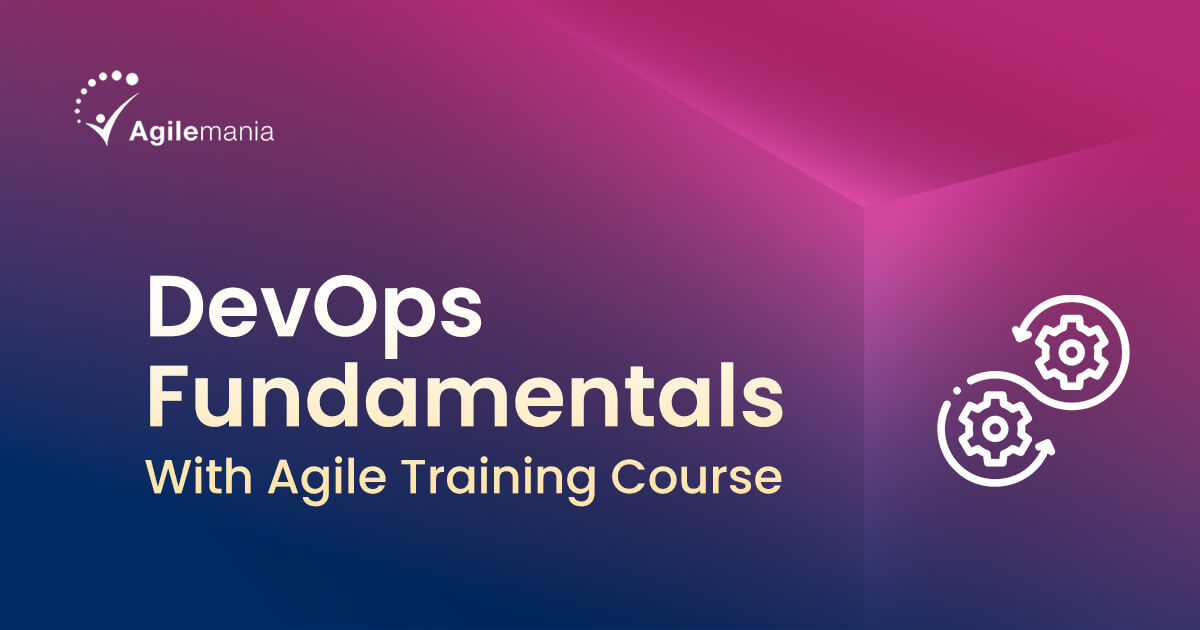![]() Get Your AI-Enabled Scrum Master Certification for Just ₹1,500 (Save 85%)!
Get Your AI-Enabled Scrum Master Certification for Just ₹1,500 (Save 85%)!
-
All Courses
Scrum.Org
SAFe®
ICAgile
Scrum Alliance
Technical Agility
Kanban
Business Analysis
Project Management
AI-Enabled
Agilemania Academy
×
-
All Courses
Scrum.Org
SAFe®
ICAgile
Scrum Alliance
Technical Agility
Kanban
Business Analysis
Project Management
AI-Enabled
- Services
-
Resources



























































































